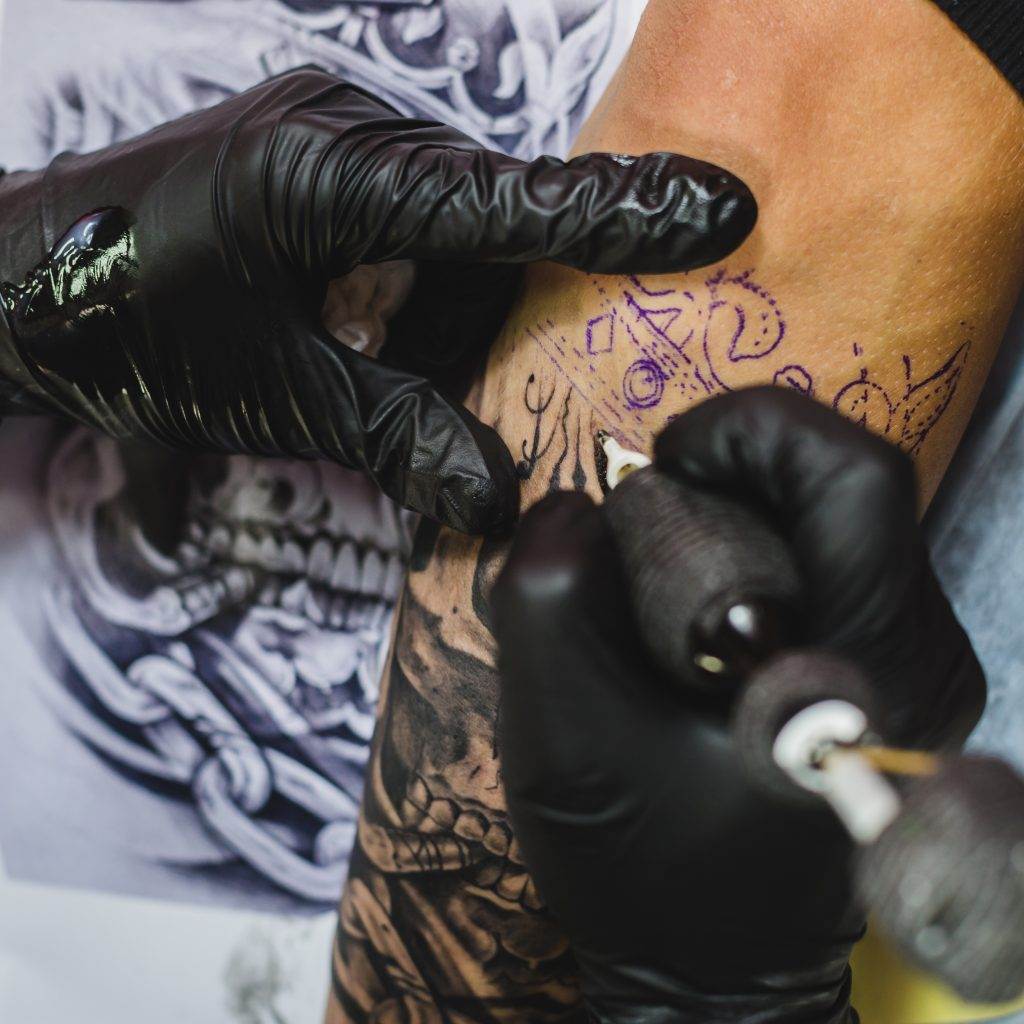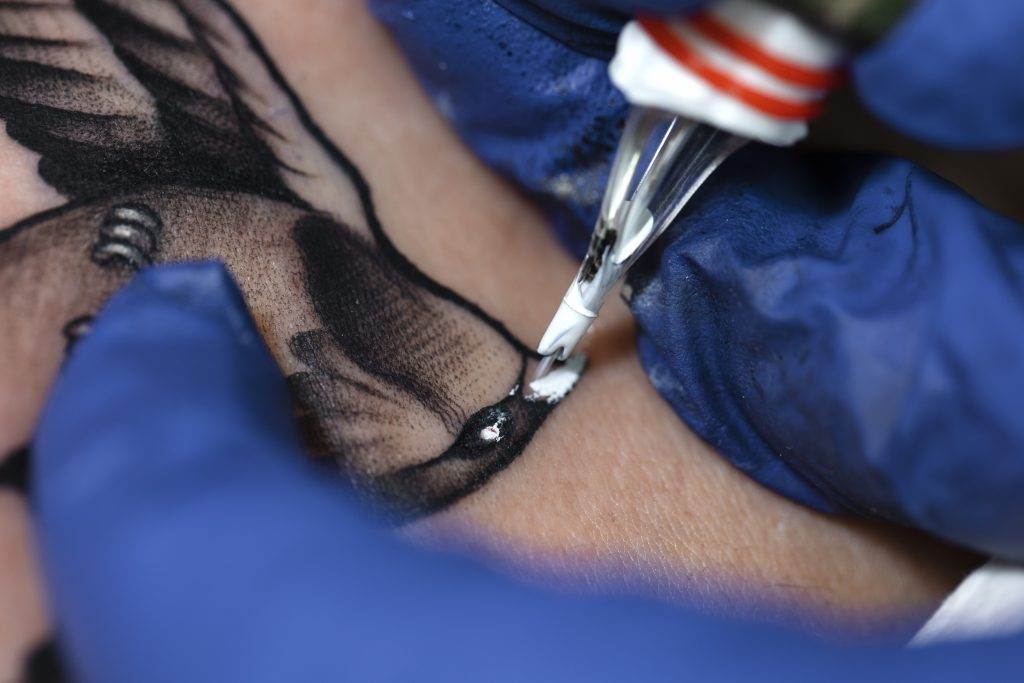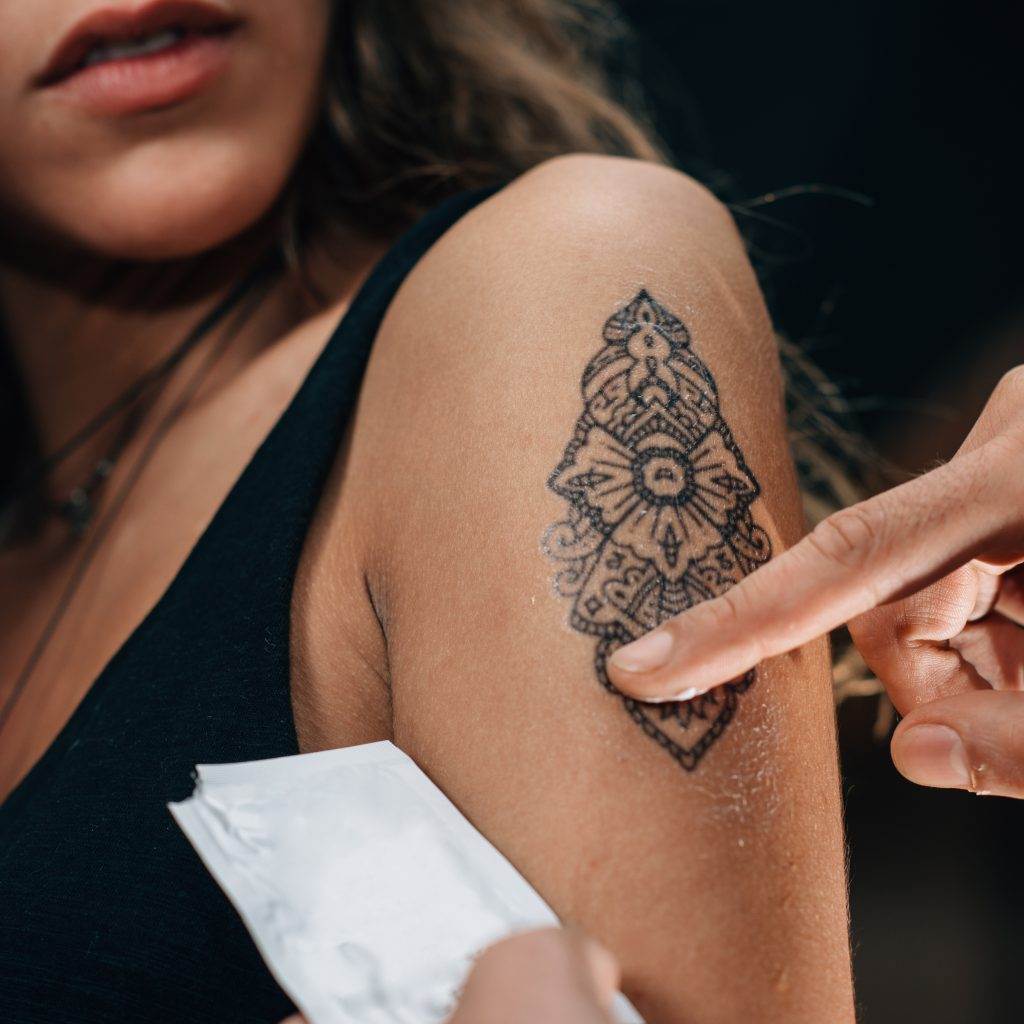The popularity and purpose of professional cover-up tattoos
Cover-up tattoos have gained significant popularity in recent years as more people seek to conceal unwanted tattoos or marks on their bodies. These tattoos are not simply a means of hiding a regretful decision, but rather a form of self-expression and a way to reclaim ownership of one’s body. People choose cover-up tattoos for various reasons, such as removing a painful reminder of the past or updating an outdated tattoo with a more modern design.
Factors to consider before getting a cover-up tattoo
Before opting for a cover-up tattoo, there are several important factors to consider:
Tattoo Size and Placement
– The size and placement of the existing tattoo will greatly influence the design options available for the cover-up. Larger tattoos allow for more creativity, while smaller ones may require a more strategic approach.
Color and Design
– The color and design of the existing tattoo will play a significant role in determining the feasibility of a cover-up. Darker colors and bold designs tend to be easier to cover, while light colors and intricate details may require additional sessions or adjustments.
Consultation with a Professional Tattoo Artist
– Seeking advice from a professional tattoo artist is crucial to ensure that the cover-up tattoo is executed effectively. An experienced artist can offer guidance on the best design options, placement, and techniques to achieve the desired outcome.
Realistic Expectations
– It is important to have realistic expectations when getting a cover-up tattoo. While professional artists can work wonders, fully erasing an existing tattoo may not always be possible. Understand that the cover-up may not completely remove the original tattoo but rather transform it into something new and improved.
Health and Safety Considerations
– Prioritize your health and safety by choosing a reputable tattoo studio that follows proper sanitation practices. Ensure that the artist uses sterilized equipment and high-quality ink to minimize the risk of infection.
Taking these factors into account will help individuals make informed decisions when considering a cover-up tattoo. By doing so, they can confidently embrace their body art and proudly display their new and improved design.
Understanding Cover-Up Tattoos
What are cover-up tattoos and how do they work?
Cover-up tattoos have become increasingly popular as a way for individuals to conceal unwanted tattoos or marks on their bodies. They go beyond simply hiding a regretful decision and instead provide a form of self-expression and empowerment. People choose cover-up tattoos for various reasons, such as removing a painful reminder of the past or updating an outdated tattoo with a more modern design.
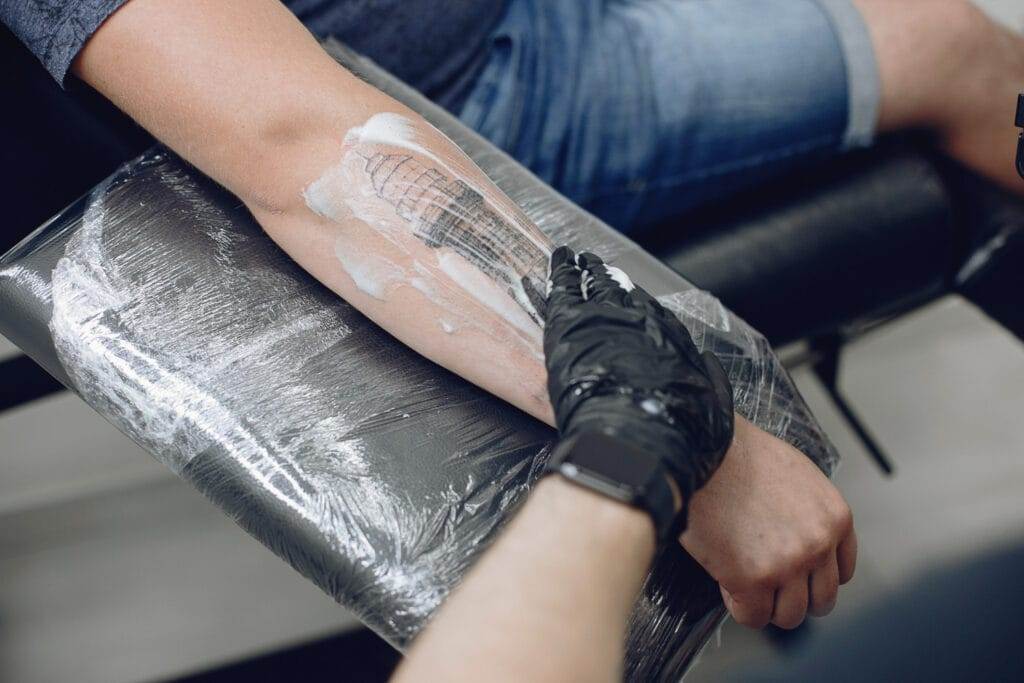
When it comes to cover-up tattoos, the existing tattoo is not completely removed but rather transformed into something new and improved. The process involves strategically designing a new tattoo that effectively camouflages the old one. The size and placement of the original tattoo play a significant role in the design options available for the cover-up. Larger tattoos offer more creative possibilities, while smaller ones may require a more strategic approach.
The process of designing a cover-up tattoo
Designing a cover-up tattoo requires careful consideration and collaboration between the individual and a professional tattoo artist. Here are the key steps involved in the process:
- Consultation: It is essential to consult with an experienced tattoo artist who specializes in cover-up tattoos. They can provide valuable guidance on suitable design options, placement, and techniques to achieve the desired outcome.
- Assessing the existing tattoo: The artist will assess the size, color, and design of the original tattoo. They will determine whether it can be effectively covered or if modifications are needed. Darker colors and bold designs are generally easier to cover, while lighter colors and intricate details may require additional sessions or adjustments.
- Custom design: The artist will work with the individual to create a custom design that effectively conceals the old tattoo. They will consider elements such as color, shading, and placement to ensure a seamless integration between the old and new design.
- Tattooing process: Once the design is finalized, the artist will begin the tattooing process. They will use specialized techniques to carefully layer the new tattoo over the old one, effectively transforming it into a new piece of body art.
By understanding the process and factors to consider for cover-up tattoos, individuals can confidently explore this option as a means of reclaiming ownership of their bodies and expressing themselves through body art.
Designing the Cover-Up Tattoo
Factors to consider when designing a cover-up tattoo
When designing a cover-up tattoo, several factors need to be considered to ensure a successful transformation. These include:
- Size and placement: The size and placement of the existing tattoo play a crucial role in the design options available for the cover-up. Larger tattoos offer more creative possibilities, while smaller ones may require a more strategic approach.
- Color and design of the original tattoo: The artist will assess the color and design of the original tattoo to determine whether it can be effectively covered or if modifications are needed. Darker colors and bold designs are generally easier to cover, while lighter colors and intricate details may require additional sessions or adjustments.
- Custom design: Collaborating with the tattoo artist, a custom design will be created to effectively conceal the old tattoo. Elements such as color, shading, and placement will be considered to ensure a seamless integration between the old and new design.
Creative techniques and strategies to effectively cover up a tattoo
Tattoo artists employ various techniques and strategies to ensure a successful cover-up tattoo. These include:
- Color saturation: Using bold and vibrant colors can help to effectively cover up the existing tattoo. The new tattoo design will be strategically layered over the old tattoo, ensuring the colors blend and conceal any unwanted marks.
- Textures and patterns: Incorporating textures and patterns into the cover-up design can help to divert attention from the original tattoo. By creating depth and visual interest, the focus can be shifted away from the old tattoo.
- Negative space: Cleverly using negative space in the new design can help to camouflage the old tattoo. By strategically leaving certain areas untouched, the old tattoo becomes less noticeable.
- 3D effects: Tattoo artists can create three-dimensional effects to add depth and dimension to the cover-up tattoo. This technique helps to draw attention away from the original tattoo and creates a visually captivating piece of body art.
By considering these factors and employing creative techniques, individuals can confidently explore cover-up tattoos as a way to reclaim ownership of their bodies and express themselves through body art.
Cover-Up tattoo aftercare
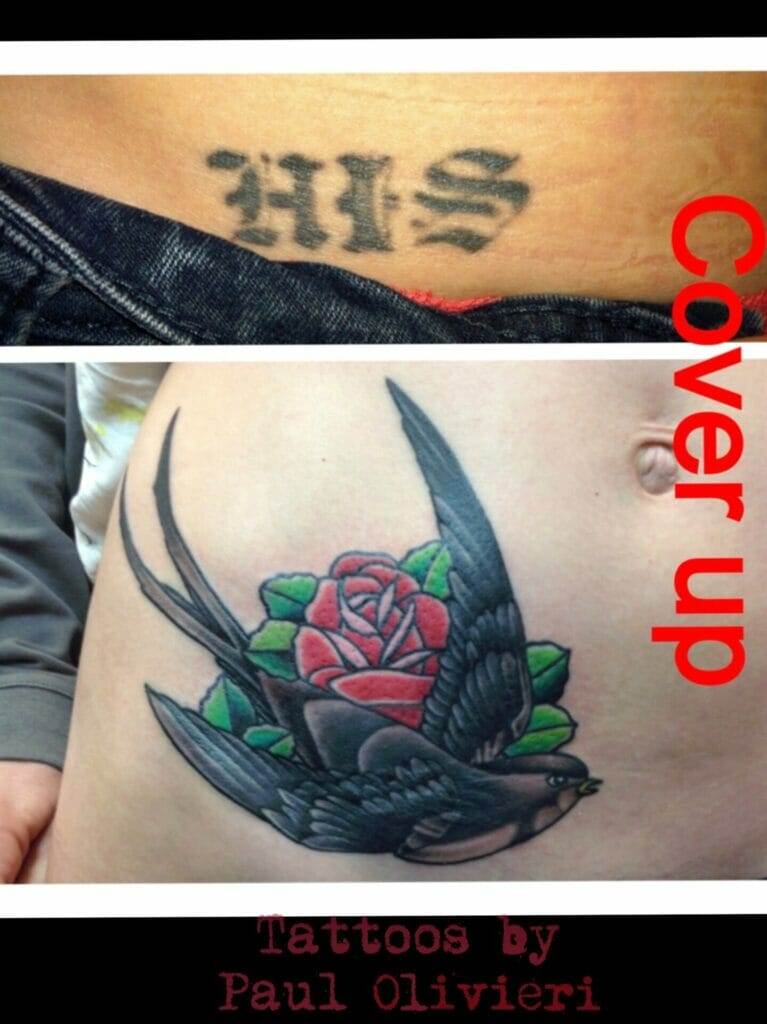
The importance of proper aftercare for a cover-up tattoo
Proper aftercare is crucial for the healing and preservation of a cover-up tattoo. After getting a tattoo, the skin undergoes a healing process, and taking care of the tattooed area properly can ensure that the new tattoo looks its best and lasts for a long time. This is particularly important for cover-up tattoos, as the skin has already been through the process of being tattooed once before.
Tips and precautions for optimal healing and preservation
- Keep the tattoo clean: Gently wash the tattooed area with mild, fragrance-free soap and warm water. Avoid using harsh products or scrubbing the tattoo, as this can cause irritation and damage to the skin.
- Moisturize regularly: Apply a thin layer of tattoo-specific moisturizer to keep the skin hydrated and prevent it from becoming dry and flaky. Avoid petroleum-based products, as they can clog the pores and hinder the healing process.
- Protect from the sun: UV rays can fade the colors of a tattoo and cause damage to the skin. Avoid sun exposure on the tattooed area, especially during the initial healing period. When going outdoors, use a broad-spectrum sunscreen with a high SPF to protect the tattoo.
- Avoid picking or scratching: Itching is a normal part of the healing process, but it’s important not to scratch or pick at the tattoo. Doing so can lead to infection and jeopardize the quality of the cover-up.
- Follow the artist’s instructions: Every tattoo artist may have their own specific aftercare instructions. It’s important to follow their guidelines and ask any questions for clarification. They know the best practices for healing cover-up tattoos and can provide valuable advice.
- Avoid swimming or soaking: For the first few weeks, it’s best to avoid swimming pools, hot tubs, saunas, or any activities that involve soaking the tattooed area. Excessive moisture can disrupt the healing process and increase the risk of infection.
By following these aftercare tips and precautions, individuals can ensure optimal healing and preservation of their cover-up tattoos. It’s important to remember that every tattoo and healing process is unique, so consulting with a professional tattoo artist is always recommended.

